Also known as intravenous therapy, IV therapy is the administration of hydration, nutrients, minerals, and medications directly into the bloodstream, bypassing the digestive track immediate cell use.
Intravenous treatment results in a nearly 100% absorption rate, as opposed to 20-50% absorption when vitamins and minerals are ingested orally.
New to IV therapy? Then this guide is for you! You will learn about the various types of IV treatments, how IV therapy works, the uses of IV therapy, and much more. Let’s get started!
Types of IV Drip
There are two primary IV treatment methods for administration: IV push and IV drip. Both offer high direct absorption rates but differ in the duration of treatment and the amount of saline solution fluids injected.
IV drip treatments steadily flow into the bloodstream through a plastic catheter inserted into a vein using a needle. An average of 500-1000 ml of fluids is injected per session typically mixed with a variety of vitamins, nutrients, minerals and medications. The average sessions can last between 30 and 45 minutes.
An IV push is administered into a vein through a previously inserted plastic catheter. It usually takes around 10-15 minutes. IV pushes are generally utilized for high dose treatments such as Vitamin C or Glutathione. This push method prevents potential diluting of the of the properties.
How Does an IV Work?
IV therapy starts with an evaluation of your medical history. The initial assessment allows your preferred IV therapy service provider to determine if you’re a suitable candidate for IV therapy as well and which treatment may be the best option for administration based on the client’s intended health goals or symptoms.
A thorough consultation regarding your medical history is required prior to the administration of all IV therapy services. High blood pressure, heart failure, or kidney failure are just a few examples that may prevent you from being a good fit for IV therapy.
Following consultation, IV therapy may be made available to you in the comfort of your own home or in a clinical setting like a brick & mortar location. During the process, the administering specialist will explain each step along the way. Prior to the inserting of the needle, the IV specialist will first disinfect the injection site (typically in the arm). Once the preferred vein has been located, a needle will penetrate the skin and be removed once the catheter has been placed. You may a slight pinch as the needle punctures the skin, but that is the worse of it.
Once the catheter is in place, the IV specialist will adjust the flow rate of the IV treatment while the infusion pours into the bloodstream. While this process is underway you can enjoy simply sit back and relax until completion.
Components of IV Fluid
Pending on the client’s condition or health goals, the IV bag may contain a few of these components:
- Saline: Saline comprises water and sodium chloride solution. It’s the base ingredient of an IV bag. Saline helps hydrate the body and ensures the efficient delivery of nutrients to the body’s organs.
- Calcium: Your IV therapy may include calcium, a mineral that helps build strong bones and teeth and enhance the heart, muscles, and nerve function.
- Magnesium: It’s the fourth most abundant mineral in the human body and plays a vital role in keeping you healthy. It helps reduce inflammation, prevent insulin resistance, lower blood pressure, and even prevent migraines.
- Vitamin B Complex: It comprises not one but eight different vitamins. They are B-1(Thiamin), B-2(Riboflavin), B-3(Niacin), B-5 (Pantothenic Acid), B-6(Pyridoxine), B-7(Biotin), B-9(Folic Acid) and B-12(Cobalamin). Physicians usually prescribe Vitamin B complex IV to patients who struggle to absorb vitamins naturally. The component aids several bodily functions, including metabolism and nerve function.
- Vitamin C: Another common component of intravenous fluid, vitamin C helps stimulate the production of white blood cells (your immune fighting warriors). It also supports the synthesis of collagen, an essential structural component of blood vessels, bones, ligaments, and skin.
- Antioxidants: Your IV therapy treatment may include several antioxidants. Among them is glutathione, the mother of all antioxidants, which helps fight molecules that damage body cells. Vitamins A, C, and E have antioxidant properties too.
Common Uses of IV Therapy
IV for Dehydration
Did you know nearly 60% of your body consists of water? It’s true – naturally the body excretes fluids through breathing, sweating, and urination which may lead to dehydration if fluids are not properly maintained. Additionally, activities involving the consumption of alcohol, playing sports, or increased temperatures may also lead to severe dehydration if not treated in a timely fashion.
Apparent symptoms of dehydration include thirst, dry mouth, weakness, dizziness, dark-colored urine, headache, and decreased urine output. More severe symptoms may include seizures, vomiting, and diarrhea. IV for dehydration replaces fluids and replenishes electrolytes in your body, relieving dehydration symptoms and keeping your body in tip-top condition.
IV for Hangover Relief
If you had too many drinks during a night out, you are more likely to wake up with a dry mouth, upset digestive system, a splitting headache, and little energy. These symptoms can last for 24 to 72 hours, significantly impacting your productivity. Yes, you could can chug a glass of water and pop an over-the-counter tablet, but this will less likely offer the relief you need to put your best foot forward during the day.
IV for hangover contains a unique combination of IV fluid, electrolytes, vitamins, and anti-nausea medication that cleanses your body and relieves hangover symptoms quickly and effectively.
Immune Support
Your immune system fights off infections, but some medical conditions are plain inevitable. Illnesses don’t just knock you off your feet for a while. They also increase the demand for vitamins and nutrients in your body. But effective recovery also requires consistent hydration, which can be challenging for individuals unable to drink plenty of fluids.
Whether you’ve caught the flu or cold or are just worried over the possibilities of getting sick, IV therapy can offer your immune system the support it requires to keep your body in top shape. IV therapy for the immune system supplies your body with hydration, potent antioxidants, and vitamins needed to speed up recovery and strengthen immunity.
Energy Boost
Long working hours, busy schedules, terrible sleep patterns, stress, and some medical conditions can drain your energy, leaving you helpless and unproductive. An energy drink or a cup of coffee will likely offer little help. Intravenous therapy for energy boost supplies your body with nutrients that help combat fatigue and low energy symptoms, enhancing your mental clarity and overall performance.
IV for Weight Loss
If you are gaining weight despite taking all dietary and exercise precautions, other factors like stress, gut bacteria, or genetics could be the culprit.
An IV treatment for weight loss can help with your journey to reclaiming your athletic performance and self-esteem. This is not a magical intravenous drip that will burn away fat but rather a supplement to your diet changes and exercises. It kicks your metabolism into overdrive, helping your body convert more fat and calories into energy. This prevents fat buildup while elevating your energy levels for a happier, more productive, and fulfilling life.
Intravenous Treatment for Healthy Skin
While you cannot stop aging, you can take a few steps to slow it down. The demands of life can quickly deplete your body of its resources, leading to slower metabolism and premature aging. As a result, hair starts turning grey, muscle tone diminishes, energy levels decrease, and wrinkles appear. An anti-aging IV drip can help you combat the effects of aging by flushing toxins from your body, ultimately giving you a more youthful look and feel.
IV Therapy FAQ
How Long Do IV Benefits Last?
Though IV fluid is directly absorbed into the bloodstream, the effects vary from person to person. Some may feel results almost immediately, while others may undergo a detoxifying process. The vitamins and minerals usually take a couple of hours to circulate through your entire system and start generating the desired results.
But how long do IV benefits last? It will depend on why you are undergoing intravenous therapy but expect the nutrients and vitamins to remain at optimal levels for 1-2 weeks after each IV session.
Is IV Therapy Safe?
Administration of intravenous fluids is generally safe. But taking in too much of a good thing can increase the risk of adverse effects. In addition, an existing medical condition can lead to IV complications. Still, puncturing the skin increases the risk of infection. That is why it’s always advised to consult with a qualified medical practitioner to ensure a healthy and safe infusion. Those undergoing weekly IV therapy treatments should cycle off for a break of 2 weeks after 6 weeks of treatment.
How Much Does IV Therapy Cost?
The cost of IV therapy varies depending on the treatment and the provider. However, for fluids in a hospital setting, the cost can range from $3-5k dollars. IV therapy is now made affordable to the client in the comfort of their own home or at an off-site location. Insurance is typically not accepted, and the client will be required to cover all out-of-pocket costs.
Need Intravenous Therapy Relief Now?
IV therapy is a quick and efficient way to replenish your body with the minerals, nutrients, and vitamins needed to keep it in top condition all year round.
At PureDropIV, we offer IV therapy tailored to boost energy levels, immunity, super charge immunity, strengthen bones & muscles, relieve migraines, and more. Our BSN, registered nurses come directly to your home, office, or event to deliver you with the benefits of infused hydration infused IV therapy.
Learn more when you contact us to book or inquire more about our products and services.

